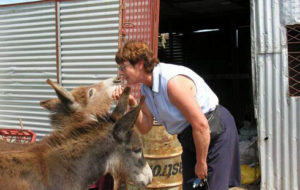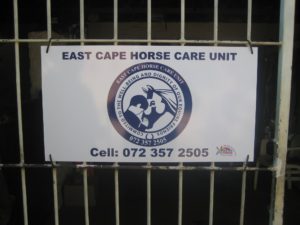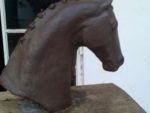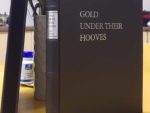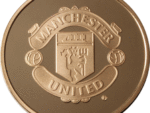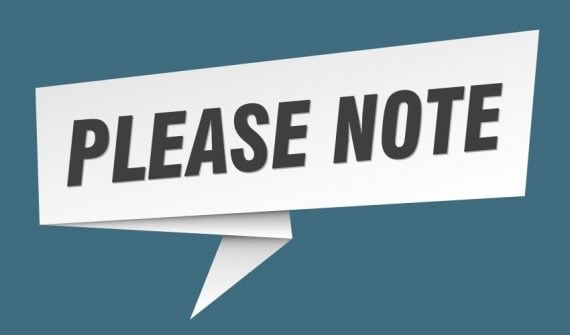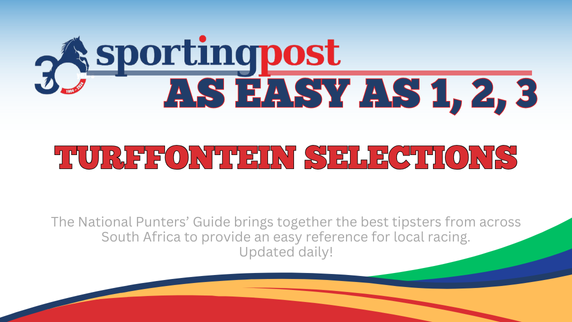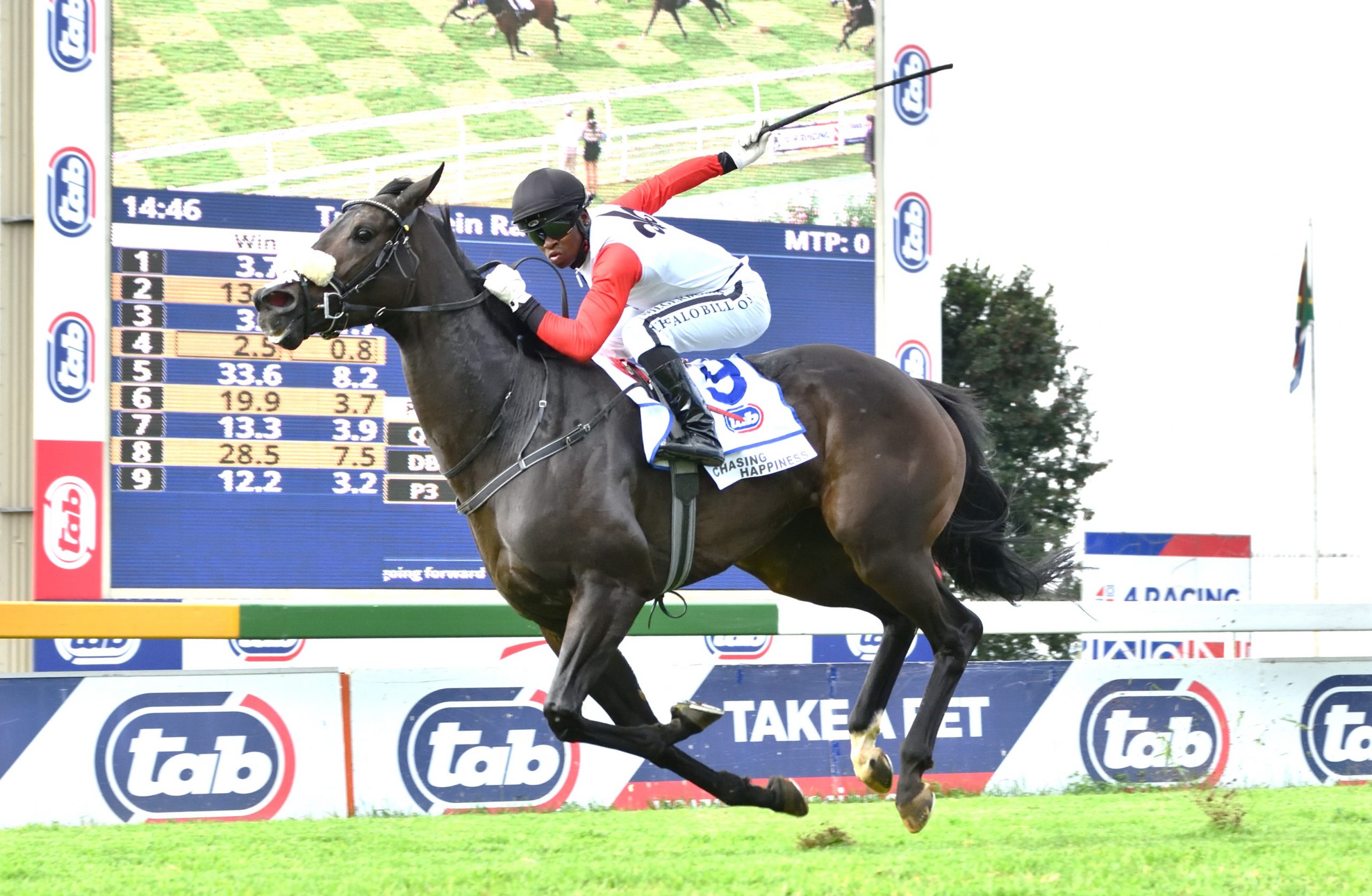Megan Hope is the head of the ECHCU (if that’s a bit of a mouthful, it’s short for the EC Horse Care Unit). Apart from the sterling work they do for less privileged working equines, there’s a good reason to celebrate them this week because they are the beneficiaries of the forthcoming EC Charity Race Day and Auction on Friday, 28 October and I thought would be a good time to have a chat, find out what they do and, more importantly, how the money raised by racing helps them do their jobs.
It takes special people to deal with the sort of things they deal with every day – from stretched budgets and even more stretched hours (patience and reserves) they produce nothing short of small miracles on a more or less a continuous basis. One can therefore be understanding if they are a little, well, larger than life in certain respects, but I have to say that I find the Horse Care Unit one of the most sensible, practical and open-minded welfare organisations I have had the good fortune to encounter. They always deal with animal first and the politics later, which I think is commendable (as well as absolutely heroic on their behalf as I would probably have punched someone before making it as far as lunch if I had to deal with the things they see on a daily basis.
About the ECHCU
The ECHCU was established in 2006, originally to deal with the plight of township animals. “Basically, we started off with donkeys,” says Megan, “but we do what we can to assist any horse owner with anything they may have an issue with. It was a job getting established and took 6-8 months to get people to understand that we were not there to take animals away, but to provide a service, but now people have no issue phoning up to ask for help. We have to work within the Animal Protection Act, but to be honest, the animals are the least of our problems – people are something else altogether!”
What They Do
The unit assists with routine care such as deworming, hoof work and also makes their own harnessing from cotton webbing as approved by World Horse Welfare to give to the local working equine community. “We work a lot on harnessing and bits and operate on a system of ‘give me yours and I’ll give you mine’ – it’s better than ripping someone’s self made-harnessing off a donkey and leaving them on the side of the road with nothing to pull with,” she says pragmatically.
Although the support side makes up the bulk of what they do, their work is surprisingly varied and Megan says no two days are the same. “We get calls to remove carcasses of animals that have been knocked down or electrocuted. We also get quite a lot of people who ring up when they need to euthanize an animal and we can offer advice or even set it up if necessary. We know it’s a difficult decision to make and we try and guide with that and can even assist with euthanasia. Sometimes yes, there are horror stories with animals in townships that are hit by cars and end up with broken legs and then it’s best to get them out and humanely disposed of. Other times we may be called in for a sick or injured animal where we take it to the doctor and it’s either treated and returned, or in extreme cases, has to go to God straight away. It’s emotional for us as staff as well as emotional for the owner.”
“And of course there are also the complaints from concerned citizens about animals that are not in a good state. In that case we do inspections and assist where possible. However, the laws are such that one cannot just take an animal away, there has to be a documented history of offering assistance and intervention. Some owners don’t listen and do get upset, but it’s about the animal, not the owner. Sometimes we do need to get affidavits and court orders and occasionally a police escort, but that’s all part of it.”
Other aspects include the retraining and rehoming of racehorses off the track, although due to space constraints, the unit is limited to the number of horses they can take and need to be selective. They also have a strong focus on rural outreach work, where the unit’s Stanley Adams travels to the Transkei for several days at a time. Megan explains that his main job is education, but he also feed and basic items of tack for those who need it, such as the working horses, which Megan refers to as the ‘salt fetchers’ who were provided numnahs after large numbers of horses were presenting with wither galls. Other routine support includes deworming, AHS vacs and farriery and Stanley can treat 200-300 horses a day. Rural racing is also high on the agenda and the unit works hard to educate and advise on welfare aspects by doing pre-race checks, advising on tracks and going as well as the length of races.
Funding
Like all charities, resources are limited, but they have turned stretching their pennies into an art and resourcefulness is the order of the day. The ECHCU share premises with the Animal Welfare Society on Victoria Drive, Walmer, occupying 1.5 ha of the 4ha property.
“No animal charity gets Government funding, so we run on donations, but it’s amazing how it comes to you from all sides. We do not have any grass in our camps, that was annihilated a long time ago, but horses are given fodder, breakfast and supper. We recently had a donation of 6 tons of cubes from Equus feeds, which has been an absolute saviour, but we get all sorts of things – there are people that will donate 20 bales of grass, lucern, etc, we often get small donations of shavings, although the climate is good so our animals live out. We’re as frugal as we can be – it’s all about the animals and making sure they get what they need.””
“We don’t do any major drug work and our medication mainly consists of penicillin and deworming, but we make vast use of Epsom Salts. It’s our miracle drug. We use it for what I call plastic colics, when township animals go rooting around in plastic bags for anything that’s edible, we use it for foot poultices and it does a fantastic job with abscesses – it cleans from the inside out, heals quickly and keeps the flies away. I love it and buy it by the 5kgs and we’re sometimes given 20kgs vats by the Shams.”
A surprisingly successful fundraising initiative is their second-hand tack shop. “We have a woman who comes along and picks and chooses from the stock and posts it on our Facebook auction page. It’s incredibly popular and it’s amazing how horsey folk fight over second hand tack! The little shop is also open to visitors, so people can come and scratch and see if there’s anything they want. Some people have found items they’ve been looking for for years.”
And then there are individual donors who contribute on a monthly basis and whether it’s R100 or R100,000, every bit helps. Megan and the team post information on their website and Facebook pages as well as issuing a monthly newsletter to keep supporters up to date, “We want to be transparent about what we’ve been up to and where people’s money is going.”
Racing support
The annual East Cape charity event is one of the unit’s most important dates on their calendar. “This race day is our major fundraiser for the year and I have amazing support from Dorrie Sham who has been helping for the last 4 – 5 years. She does an amazing job of getting donations, selling races and bringing people to support the race day and the annual cocktail evening and auction.” Megan makes every penny count and has learnt to stretch the funds from that single evening to keep the unit going for another year.
The auction is always warmly supported and as always Dorrie Sham has lined up some incredible items for this year’s event. Dorrie says, “I always hope to put together things I’d like to have myself and somehow people donate the most amazing things, but I think this is a particularly nice year.”
Art and collectibles are always very popular and up for grabs this year are a number of original artworks including a series of seascapes, a gorgeous bronze horse head sculpture by Kathy Lombard, a metal horse head cleverly constructed out of Pelham bits, stirrups and other items of scrap metal, mounted photographs from Liesl King and a collection of Swarovski crystal animals. If art is not your thing, there is a voucher for an overnight stay at Smokey Reid and his wife’s Elephant House in Addo, a copy of Ernie Duffield’s History of the Rothmans July signed by Terrance Millard and Felix Coetzee, and Bryanston Auctioneers very generously donated leatherbound copies of Gold Under Their Hooves. Sporting memorabilia includes a Manchester United coin from the SA Gold Coin Exchange who support the auction loyally every year, and a mounted collection of signed golf balls generously donated by the Shams from the 2001 Nedbank Million Dollar Golf Challenge, including players such as Retief Goosen, Ernie Els, Jim Furyk, Padraig Harrington, Nicky Price, Colin Montgomerie, Thomas Bjorn, Lee Westwood, Darren Clarke, Sergio Garcia, Bernhard Langer and Mike Weir.
“But,” says Dorrie, “there’s no truer saying than talk is cheap, so we’re just really hoping the right people are there on Friday.” If anyone would like to bid on any of the items, donate to the unit or even just find out more about the organization and the worthy work that they do, please contact Megan Hope on [email protected] or Dorrie Sham on [email protected]


